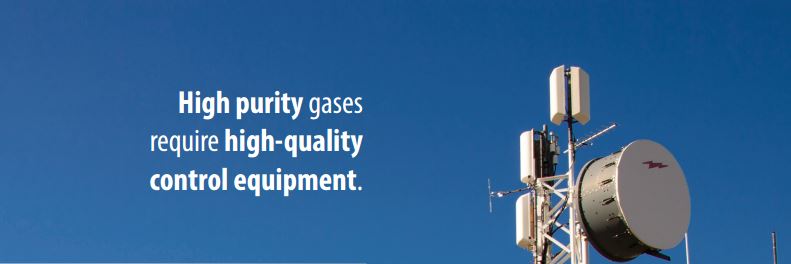GCE and the European 202020 Project
202020 is a binding legislation package in the EU to ensure that climate and energy targets for 2020 are met. The key targets are 20% cut in greenhouse gas emissions (from 1990 levels), 20% of EU energy from renewables and 20% improvement in energy efficiency.
What is this to us? In bigger cities ‘smog’ is reaching levels that are dangerous for our health, even toxic. This air pollutant contains for example greenhouse gases like nitrogen oxides or Sulphur oxides. Everyone as individual should feel responsible to help reach the targets as it is our future we are speaking of. Starting with small things like taking a walk instead of the car for smaller distances we can help reduce traffic emissions.
Of course not only individuals are responsible, the main part falls to different industry sectors. They have to cut their emissions back to reach the set targets. Many projects are under way and research and development is progressing. Especially in the laboratories our druva PUR applications are well known and used. We supply and support our customers with their individual laboratory gas equipment solutions for example or help them develop new ones.
Not only laboratories but also industries like solar, photovoltaics, wind or bio energy can profit from our experience and products in gas supply. Hydrogen supply for fuel cells is one example where druva products are already in use and new suitable products are under way. Other examples are for PPM measurements (air quality) and for the special coating requirements of wind turbines. Also in the storage of CO2 pressure regulators can be of efficient use. Although CCS is still in a test phase for most countries, druva does have experience with handling these gases as well.
HYDROGEN SOLUTION
In 2020 in Japan the Olympic Games will take place. Japan would like to have the Olympic city mainly relying on power supplied by hydrogen systems or fuel cells. A fuel cell is a device that generates electricity by a chemical reaction. The difference between a battery and a fuel cell is that a fuel cell is constantly charged with hydrogen gas. A fuel cell converts the element hydrogen into electricity by mixing it with oxygen, which then creates water.
Hydrogen, however, cannot be found in nature and is therefore not an energy source. It is actually an energy carrier. At this moment, we still produce hydrogen from fossil fuels, although smart scientists are chasing this and we therefore see hydrogen has an important contributor to our fight against climate change.
The Proton Exchange Membrane Fuel Cell is most popular and therefore also most used. Governmental funding played a vital role in the development of this of course.
Hydrogen is a by-product and is actively produced. It is stored in cylinders, either in gas form or as a liquid. Hydrogen can also be produced on-site, by means of an electrolysis process. Hydrogen in cylinders is mostly available in 200 bar. Linde also has 300 bar cylinders, though not each country has filling applications for 300 bar.
Hydrogen is actually not a gas without risks. It’s very low density makes it harder to control and as it ignites easily, it is a gas to watch out for. When selecting a regulator, please make sure to contact someone before ordering it. GCE druva has a wide experience in all sorts of hydrogen applications and can advise you to use the right product every time again.


